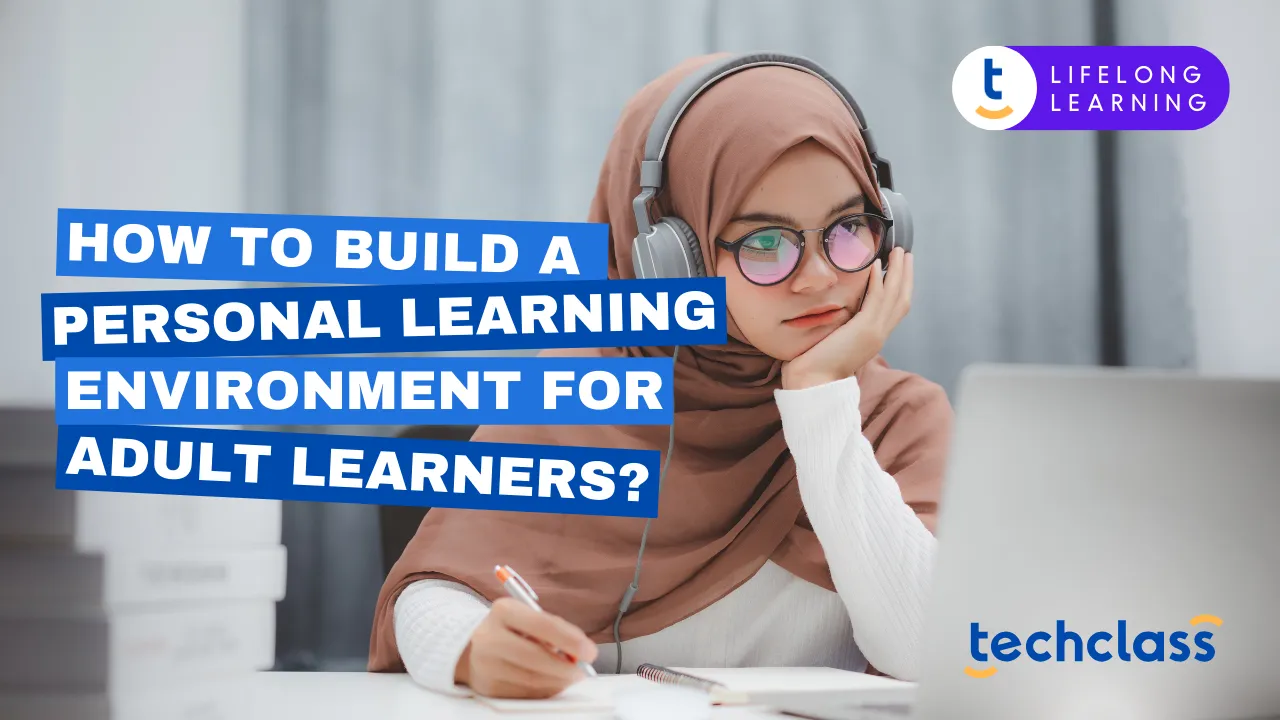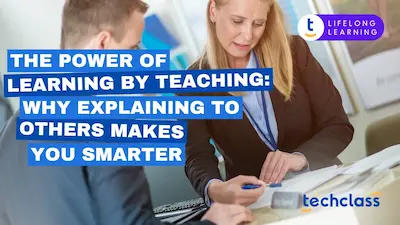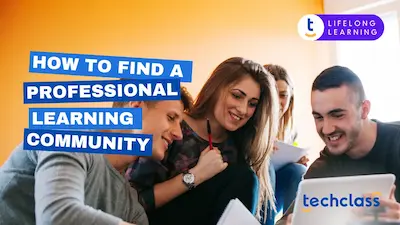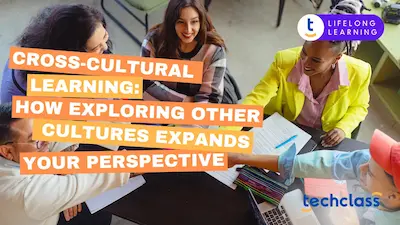
In today’s knowledge-driven world, learning doesn’t stop when formal education ends. For adult learners committed to personal growth, staying curious and continuously acquiring new skills is a way of life. But how do you take control of your learning journey and make it truly your own?
The answer lies in crafting a Personal Learning Environment (PLE),a personalized system of tools, habits, and resources that puts you in the driver’s seat of your development. Whether you’re trying to pivot careers, stay relevant in your industry, or simply explore new interests, a well-designed PLE empowers you to learn more effectively, independently, and meaningfully.
Let’s explore how you can build one.
A Personal Learning Environment is not a single platform or app, it’s a custom ecosystem you create. It may include tools like blogs, learning apps, podcasts, and digital libraries; habits like goal setting, regular reflection, and information sharing; and networks like online communities or peer groups. It exists to support self-directed learning and is entirely shaped by your preferences, goals, and pace.
What makes PLEs powerful is that they break free from the limits of structured, formal education. You’re no longer dependent on institutions or rigid curriculums. You choose what, how, and when you learn.
A well-crafted PLE helps you:
It acknowledges that learning is not a one-time event but a lifelong habit, fluid, dynamic, and rooted in curiosity.
Let’s break down how to design your PLE into practical steps.
The foundation of a successful PLE is clarity. Vague ambitions like “get better at communication” won’t get you far. Instead, set SMART goals, Specific, Measurable, Achievable, Relevant, and Time-bound.
For instance:
Do a skills gap analysis by comparing your current abilities to what your industry demands. Ask for feedback from mentors or peers and use it to define precise learning targets.
By choosing the right mix of tools across these categories, you’ll create a supportive digital ecosystem tailored to your personal learning style and goals.
Your environment, both physical and digital, influences how deeply you can focus and retain information.
Tips for a Productive Setup:
A clean, focused environment supports long-term consistency.
There’s no one-size-fits-all method to learning. Here are three adaptable frameworks you can use or combine:
These models help structure your learning so it’s not just passive consumption but active transformation.
The real magic of a PLE happens when you show up consistently. Here’s how to stay on track:
Use tools like journals, digital checklists, or even voice memos to capture progress and patterns.
While designing your own learning path is empowering, it comes with challenges. One common issue is information overload, too many options can make it hard to choose where to focus. Using a learning model or framework can help simplify decisions. Motivation can also dip without external deadlines, so joining learning groups or sharing goals with others can help keep you accountable.
Digital fatigue is another concern. To avoid burnout, balance screen time with offline activities like reading physical books or attending local meetups. And since self-directed learning doesn’t always come with formal recognition, it’s helpful to maintain a portfolio or skills log to showcase your progress for job applications or promotions.
In the end, it’s not about being perfect, it’s about staying curious and consistent.
Your PLE is not static. As your interests evolve or your career path shifts, your environment should adapt. Revisit your goals, refresh your tools, and explore new communities.
Here’s how to keep growing:
Designing a Personal Learning Environment is more than setting up tools, it’s about owning your growth. It puts the power of continuous, skill-based learning in your hands.
By choosing the right mix of tools, building reflective habits, and actively engaging with your network, you can create an ecosystem that not only builds expertise but also enhances your adaptability, creativity, and confidence.


